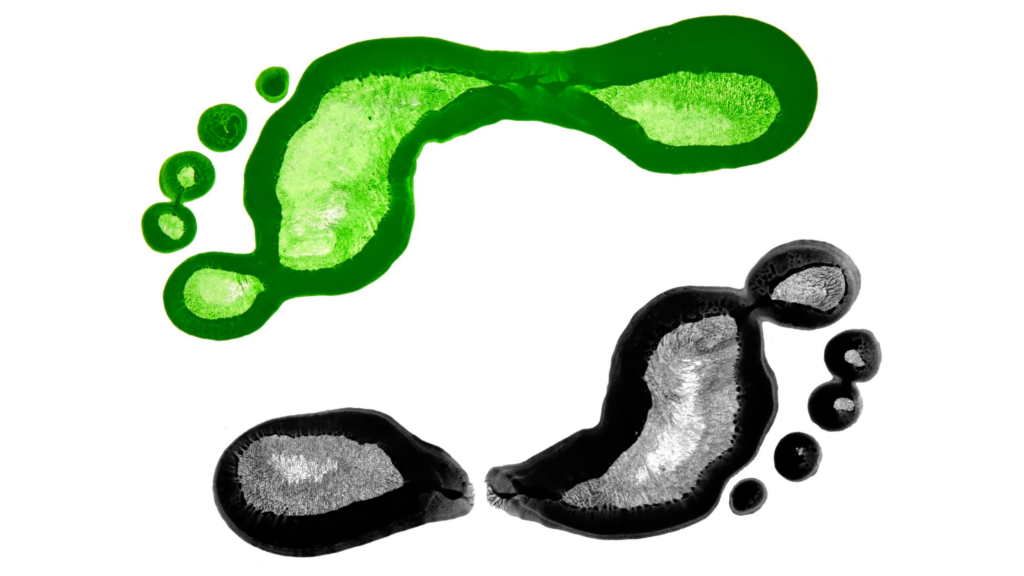Introduction
Carbon sequestration or carbon dioxide removal (CDR) is the long-term removal, capture, or sequestration of carbon dioxide from the atmosphere to slow or reverse atmospheric CO2 pollution and to mitigate or reverse global warming. As per the statistics, since the industrial revolution the carbon dioxide emissions have increased from 40% to 400 ppm. The US today report states that carbon emissions have seen the most massive jump in seven-year. According to the report by the global carbon project, the year 2018 recorded high emission of carbon due to the use of coal, fuel, and oil. These statistics clearly show that carbon dioxide emissions are increasing day by day and are causing climatic changes and are also endangering species. The sudden floods, desertification of the land, landslides are all the results of excessive carbon emissions in the atmosphere, because of the climatic changes.
The economy may suffer a considerable loss. Climate change will affect agriculture and livestock as the crop will not yield those results because of the rise in temperature. And this, in turn, will eventually disturb the environment.
Therefore, it is essential to remove carbon from the atmosphere or reach zero emissions. Zero emissions will be achieved only when the carbon is restored and removed from the atmosphere. This process is known as carbon sequestration. This process involves storing carbon in different forms like soil, trees, oceans, lakes, underwear reservoirs and concrete form of carbon and removing the carbon from the atmosphere.one fine example of this is the process of photosynthesis in the plants where they take in the carbon dioxide which helps in their growth and survival. Various techniques like the carbon removal process and other alternative schemes like planting more trees, leaving the residue of crops in the field, carbon dioxide capturing fuel plants are still undergoing to help fix the climate change which has devastated the environment.
Researchers believe that to find practical solutions for combating climate change, cleaning carbon from the atmosphere is not enough. Other ways and techniques need to be deployed as well, which can remove carbon emissions in large quantities. This technique is known as carbon sequestration. This involves sequestering 0.61 metric gigatons of CO2 per year by 2030, 5.51 by 2050, and 17.72 by 2100.
Let’s discuss some of the approaches and methods for carbon sequestration.
- Carbon farming can be used effectively for carbon sequestration. Carbon farming involves the use of processes like planting long-rooted crops, reducing tiling, putting organic material into the soil to allow the trapped carbon to move into and stay in the ground. Carbon farming uses plants to capture carbon dioxide. Through better soil and plant management, carbon dioxide can be reversed from the atmosphere. Organizing vegetative cover in such a way that increases the capacity of the soil to sequester and save large amounts of atmospheric carbon will help in reducing carbon emissions to quite an extent.
- Another way of sequestering carbon from the atmosphere is to use a substance known as biochar. Biochar involves improving the plant’s ability to store carbon by partly burning materials like logging slash or crop waste to make a carbon-rich substance that decomposes slowly and can be buried or spread on the farm later.
- Another method for doing significant carbon sequestration is direct capture and storage. This strategy involves using chemicals or solids to capture the gas from thin air and then storing it for long periods underground. The air capture method can remove carbon dioxide from the atmosphere thousands of times more efficiently than plants. This method can be deployed anywhere on the planet.
- One more method for carbon sequestration is using rocks and rainwater, which can help in removing the carbon dioxide naturally from the atmosphere. Artificial measures like crushing rocks and exposing them to carbon dioxide spreading them over large areas of land or ocean will help in reducing the carbon emissions.
- Another low- tech strategy of carbon sequestration is sucking out carbon dioxide from the air and storing it in the wood, bark, leaf or root. As per the Intergovernmental Panel on Climate Change, single hectare (2.5 acres) of forest can take up somewhere between 1.5 and 30 metric tons (1.6 and 33 tons) of CO2 per year. Forest management practices which enhance the carbon storage and modification of plants and trees to improve their ability to store carbon.
- Another method for removing carbon from the air is the Bioenergy carbon capture and storage. This technique involves converting biomass into a usable energy source such as electricity or fuel. Instead of sending carbon dioxide released during the process into the air, it captures and concentrates it and then traps it in the material in the form of plastic or concrete and injects into rocks that trap the carbon far below Earth’s surface.
- Carbon mineralization has also been deployed wherein carbon dioxide with some other gases turns into solid from gas. Ocean-based concepts have also been brought into talks, and the work is going on.
Conclusion
There is a lot of potentials to reduce carbon dioxide emissions with techniques and methods deployed efficiently. A portfolio of carbon removal techniques needs to be deployed to reduce carbon emissions effectively. Each technique comes with its pros and cons, and incorporating them together can help get that benefit. Thorough research and development should be taken and invested in so that they prove to be an asset in the near future and help in carbon sequestration.

